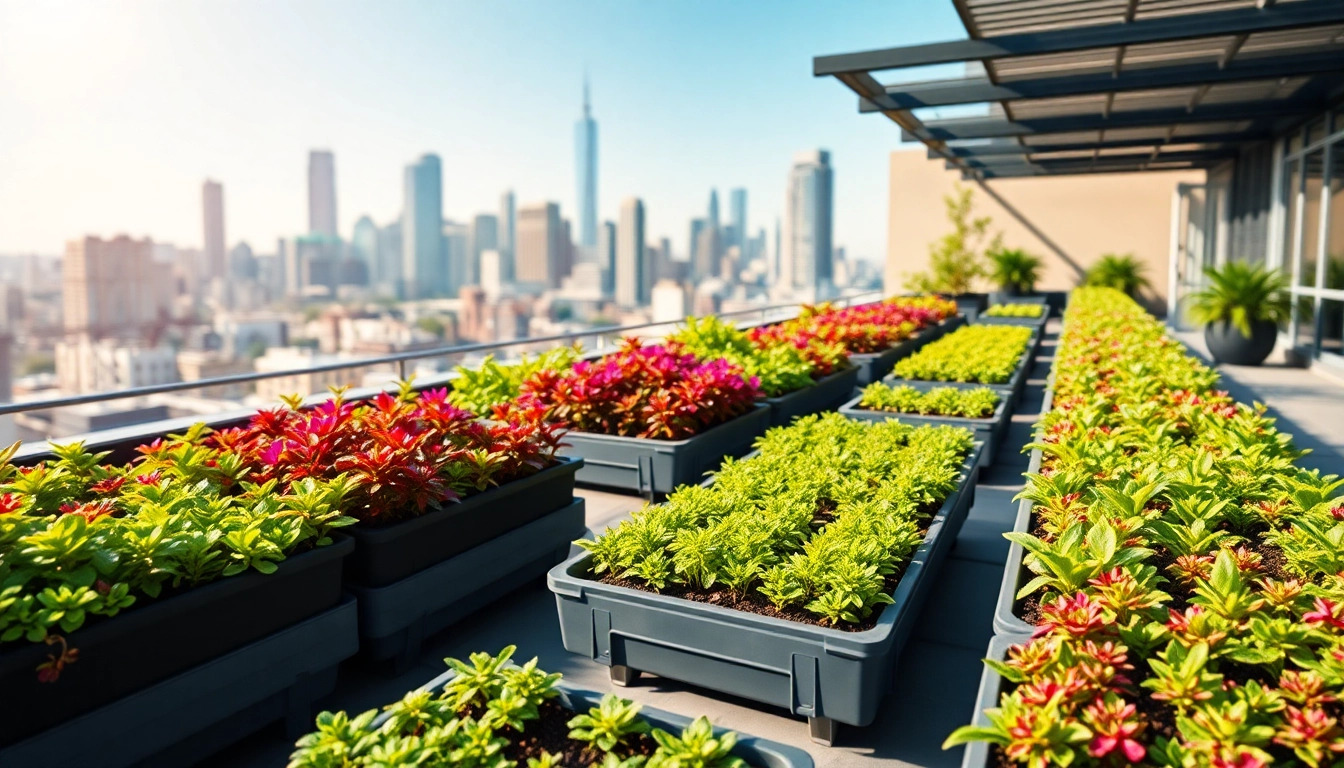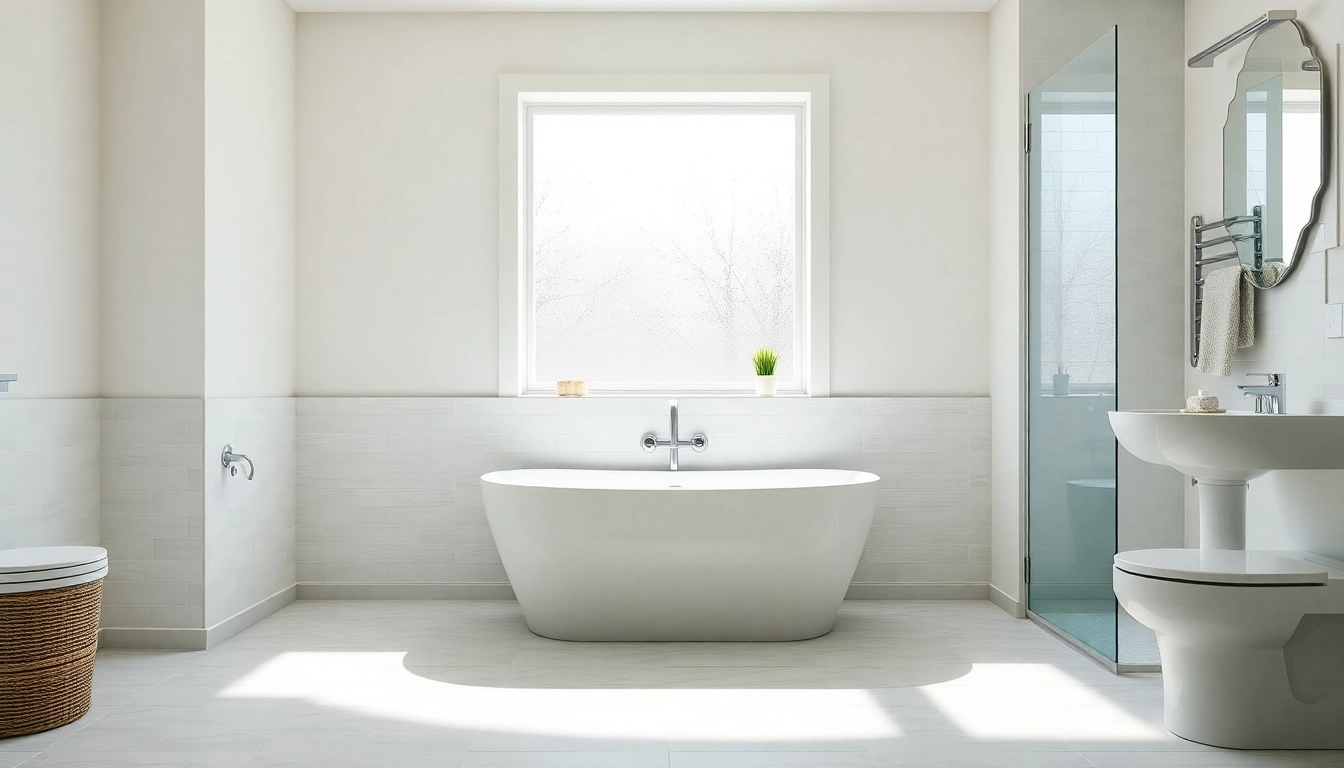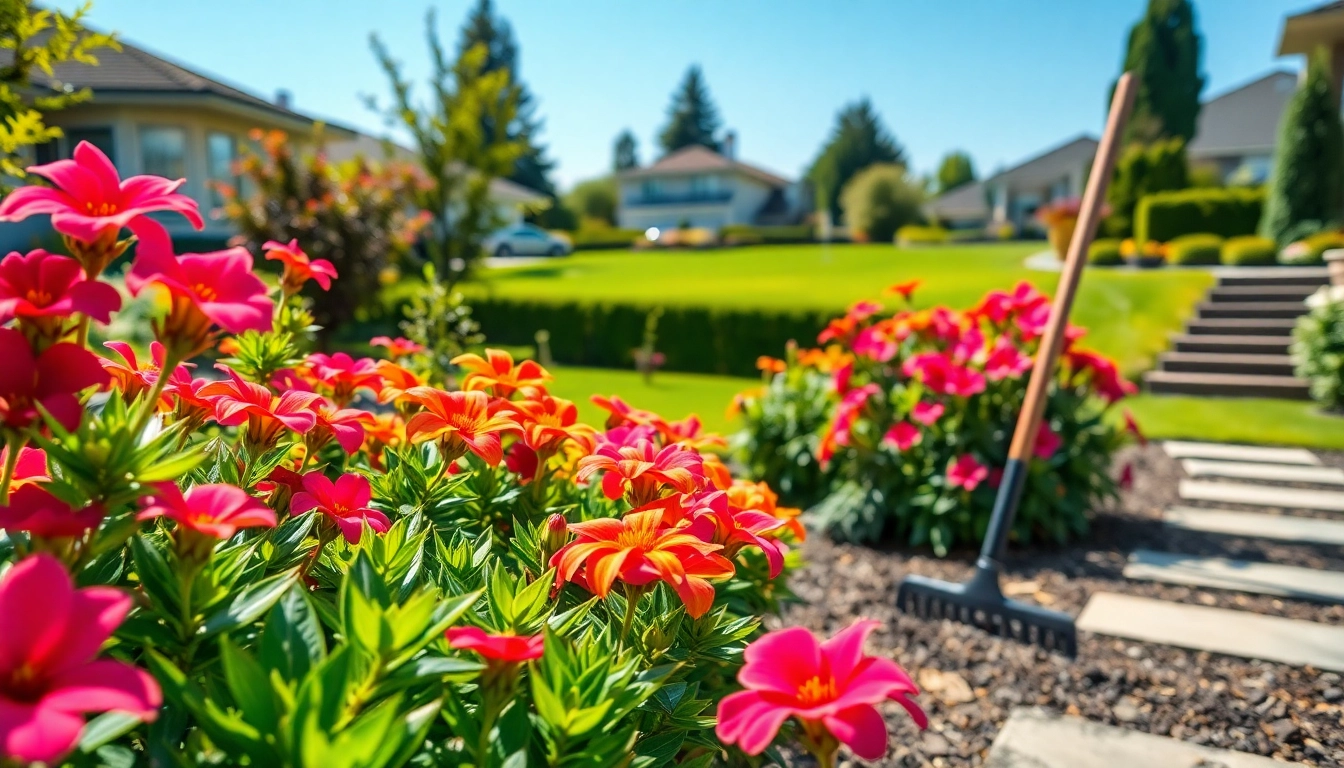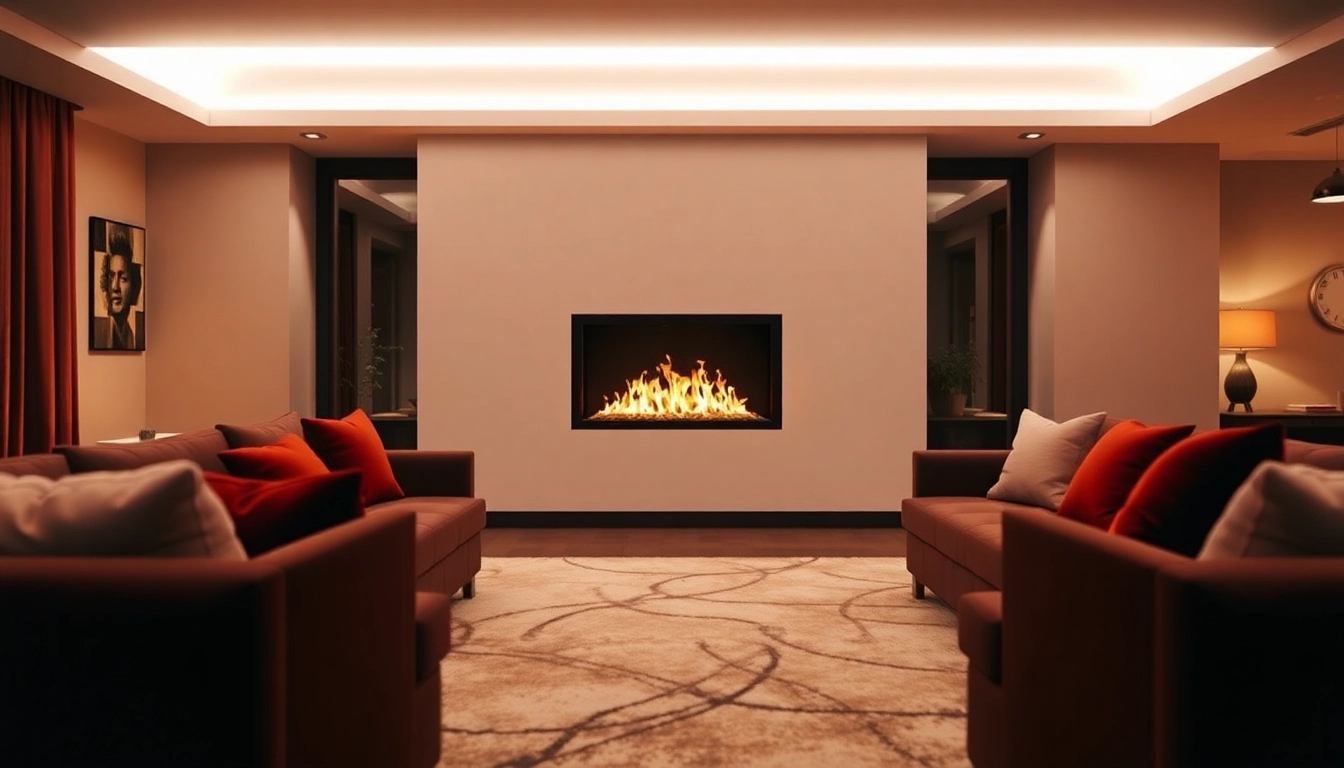Understanding Green Roof Trays
Definition and Benefits
Green Roof Trays are modular planting systems designed for green roofs. These trays provide an efficient way to install and maintain vegetation on roofs, enhancing biodiversity and contributing to urban aesthetics. Each tray typically contains a selection of soil, a drainage system, and pre-planted flora, which allows for immediate installation and growth. The modular nature of these trays means they can be easily replaced or maintained as needed.
The benefits of using Green Roof Trays are vast. They help manage stormwater, reduce urban heat island effects, and improve energy efficiency in buildings. Furthermore, they offer essential habitats for various species and can play a vital role in carbon sequestration, promoting a healthier urban environment. Ultimately, they represent a blend of ecological, aesthetic, and functional advantages that align with sustainable urban development goals.
Applications in Urban Design
Green Roof Trays can be integrated into various urban design initiatives, whether in residential, commercial, or public infrastructure projects. In residential settings, these trays can transform otherwise unused roof space into vibrant gardens, contributing to food security and enhancing residents’ quality of life. For commercial buildings, they can serve as innovative marketing tools, showcasing a commitment to sustainability and eco-friendly practices.
Moreover, municipalities can utilize Green Roof Trays in public spaces to improve local biodiversity, provide recreational areas, and enhance the visual appeal of urban landscapes. Parks, schools, and community centers can benefit from these installations, fostering community engagement and environmental education.
Types of Green Roof Trays
There are several types of Green Roof Trays available, each catering to specific needs and environments:
- Extensive Trays: These are shallow trays designed for lightweight vegetation, such as sedums and other low-growing plants. They require minimal maintenance and are ideal for retrofitting existing roofs.
- Intensive Trays: Deeper and heavier, these trays support a wider variety of plants, including shrubs and small trees. They require more maintenance and structural support but offer greater biodiversity and aesthetic appeal.
- Vegetated Wall Systems: Although not technically trays, these systems complement Green Roof Trays by providing vertical greenery, which enhances building insulation and urban biodiversity.
Benefits of Green Roof Trays
Environmental Advantages
Green Roof Trays provide distinct environmental benefits, prominently featuring biodiversity enhancement, improved stormwater management, and urban temperature regulation. By integrating these trays into urban infrastructure, cities can significantly mitigate flooding risk due to storm surges and heavy precipitation. The vegetation absorbs rainwater and delays runoff, which reduces the burden on storm sewer systems.
Additionally, these systems provide sanctuary for pollinators and other wildlife, supporting biodiversity in urban contexts where natural habitats have been significantly diminished. Beyond flora and fauna, the presence of green roofs can also encourage the establishment of diverse microbial communities, further enriching urban ecosystems.
Energy Efficiency and Insulation
One of the notable benefits of Green Roof Trays is their ability to improve energy efficiency through insulation. The vegetative layer acts as a natural barrier against heat, thus regulating indoor temperatures and reducing the energy required for heating and cooling. Studies have shown that buildings with green roofs can experience energy savings of up to 25%, leading to lower utility bills and a smaller carbon footprint.
Improving Air Quality
Green Roof Trays contribute to improved urban air quality by absorbing pollutants and carbon dioxide while releasing oxygen through the photosynthesis process. The vegetation helps filter particulate matter from the air, enhancing public health, especially in dense urban areas where air pollution is a pressing concern. This natural filtration system is an essential step towards creating healthier living conditions for urban residents.
Installation Process for Green Roof Trays
Site Preparation
Proper site preparation is critical for the successful installation of Green Roof Trays. The existing roof structure must be assessed for weight-bearing capacity, ensuring it can support the additional weight of the trays when saturated with water. Furthermore, any necessary waterproofing must be applied to avoid water leakage into the building below.
Selecting the Right Plants
The selection of plants for Green Roof Trays should take into account climate, sun exposure, and local biodiversity. Ideal choices often include drought-resistant and native species that can thrive in the specific environmental conditions of the installation site. Consulting with local horticultural experts can provide valuable insights into plant selection and promote ecological harmony.
Step-by-Step Installation Guide
The installation of Green Roof Trays involves several key steps:
- Conduct a structural inspection of the roof.
- Install a durable waterproof membrane to prevent leaks.
- Layer a drainage system to facilitate effective water flow.
- Place the Green Roof Trays according to the design plan, ensuring connectivity and weight distribution.
- Fill with soil and ensure plants are adequately planted and their roots have sufficient space.
- Implement an irrigation system to facilitate initial establishment.
Maintenance and Care for Green Roof Trays
Watering and Irrigation Techniques
While Green Roof Trays are designed to be relatively low-maintenance, they still require routine care, particularly during the initial establishment phase. An efficient irrigation system should be implemented to ensure that the plants receive adequate moisture, especially during dry spells. Drip irrigation systems can provide targeted watering, minimizing water waste and promoting healthy plant growth.
Seasonal Care Tips
Seasonal care is crucial for the longevity of Green Roof Trays. In spring, it is beneficial to remove debris and assess plant health as they awaken from dormancy. During summer, extra vigilance regarding watering is required, while fall is the perfect time for pruning and preparing the vegetation for winter. Lastly, winter requires monitoring of snow accumulation and ice buildup, potentially implementing protective measures to ensure plant vitality.
Common Issues and Solutions
Common challenges with Green Roof Trays include plant diseases, pest infestations, and drainage problems. Regular inspections are vital to identify issues early. Utilizing integrated pest management techniques can help control harmful pests without damaging beneficial insects. Additionally, ensuring proper drainage can prevent waterlogging, which can harm plants and cause structural issues. An effective maintenance schedule will help mitigate these common concerns.
Case Studies: Successful Use of Green Roof Trays
Urban Roof Gardens
Numerous urban centers have adopted Green Roof Trays to create stunning roof gardens that elevate the aesthetic and environmental standards of the buildings they adorn. For example, one prominent case study involved an office tower that transformed its rooftop into a lush garden featuring various native plants, which not only beautified the structure but also helped reduce the surrounding temperature and improved employee well-being.
Commercial and Residential Projects
The utility of Green Roof Trays extends beyond aesthetics; commercial buildings that have embraced this technology report enhanced employee productivity and creativity, along with improved marketability. In residential projects, homeowners have effectively utilized Green Roof Trays for urban farming, growing fruits and vegetables that contribute to local food sovereignty while also beautifying their homes.
Impact on Community Engagement
Green Roof Trays play a pivotal role in fostering community engagement by creating spaces for education, recreation, and social interaction. Community-led initiatives around green roofs have encouraged local leaders to promote sustainability and environmental stewardship. Workshops and educational programs centered on green roofing technology engage residents, providing them with the knowledge and skills to foster healthier urban environments.



